Introduction
The early detection of autism spectrum disorder (ASD) is crucial for providing early intervention and improving outcomes for children. With approximately 1 in 36 children affected by ASD, it is essential to pinpoint the condition as soon as possible. Recent research has showcased groundbreaking diagnostic technology, such as automated devices that monitor children's eye movements, revolutionizing the process of early diagnosis.
This new era of early diagnosis has the potential to significantly alter a child's developmental trajectory. The contributions of researchers like Dr. Warren Jones and Ami Klin have been instrumental in developing diagnostic tools that focus on social visual engagement, addressing the unique needs of children with autism. Early identification and intervention are about reshaping the future of every child with autism, ensuring they have the tools and support to thrive.
The importance of early diagnosis cannot be overstated, as it sets in motion a tailored approach to intervention that caters to individual needs and potentially enables greater independence and quality of life. As we navigate the complexities of ASD, the drive for early and accurate diagnosis remains a beacon of hope for affected families, guiding them towards a future filled with possibility.
Importance of Early Diagnosis and Intervention
The early detection of autism spectrum disorder (ASD) is a pivotal step in opening the doors to early intervention and significantly improved outcomes. With ASD affecting roughly 1 in 36 children and presenting as a spectrum of social, communicative, and behavioral challenges, the stakes are high for pinpointing the condition as soon as possible. Researchers, such as Naviaux, delve into the interplay of genetic and environmental factors that influence ASD's emergence, emphasizing the transition from risk to the manifestation of the first symptoms.
Groundbreaking research, including studies published in JAMA, showcases the innovation in diagnostic technology. Automated devices now monitor children's eye movements while they watch social interactions, capturing critical social information processing data at an astonishing rate of 120 times per second. This method not only demonstrates remarkable accuracy but also heralds a new era in early diagnosis, with the potential to dramatically alter a child's developmental trajectory.
The contributions of Dr. Warren Jones and Ami Klin have been instrumental in the development of such diagnostic tools, often referred to as "the Marcus Test," in recognition of philanthropist Bernie Marcus's dedication to autism research. Their work on social visual engagement—the way children absorb and learn from their social environment—has been pivotal in distinguishing the unique needs of children with autism.
Early identification and intervention are not just about supporting health and learning, they are about reshaping the future of every child with autism, ensuring they have the tools and support to thrive. The Autism Community in Action (TACA) and companies like NeuroQure are working tirelessly to bridge the gap in diagnostic technologies, with the goal of providing families with answers and support long before the traditional diagnostic journey would typically conclude.
Amidst this landscape of innovation and advocacy, the importance of early diagnosis cannot be overstated. It sets in motion a tailored approach to intervention that caters to individual needs, potentially enabling greater independence and quality of life. As we navigate the complexities of ASD, the drive for early and accurate diagnosis remains a beacon of hope for affected families, guiding them towards a future filled with possibility and empowerment.
Screening and Diagnostic Process
Understanding the process involved in autism screening and diagnosis is critical for timely intervention and support. The journey begins with parents and caregivers noting their child's development, with 30% expressing concerns by the first year and 80% by age two. Despite this, the median age for an autism diagnosis in the U.S. remains around four to five years old.
Diagnostic assessments lean heavily on the American Psychiatric Association's DSM-5 criteria and involve experienced professionals like neurodevelopmental pediatricians and child neurologists. They scrutinize the child's behavior and consider parental insights. However, no single tool is the golden standard for diagnosis; it's a multifaceted approach that sometimes leads to referrals to specialists for further evaluation.
Recent research underscores the necessity for early and precise diagnosis. For instance, a 6-site study revealed that about one-third of young children's autism evaluations carry some level of uncertainty, particularly for those with milder symptoms or higher cognitive abilities. This uncertainty can delay access to early behavioral therapies, which have proven to significantly enhance language and social skills.
Innovations in diagnostic technology are responding to the urgent need for early identification. Organizations like NeuroQure are pioneering tools to detect ASD within weeks of birth, aiming to replace the current, lengthy diagnostic process. Advances in technology, such as automated devices to monitor children's eye movements, are showing promise in predicting autism, potentially revolutionizing the diagnostic landscape and ensuring children receive the support they need much sooner.
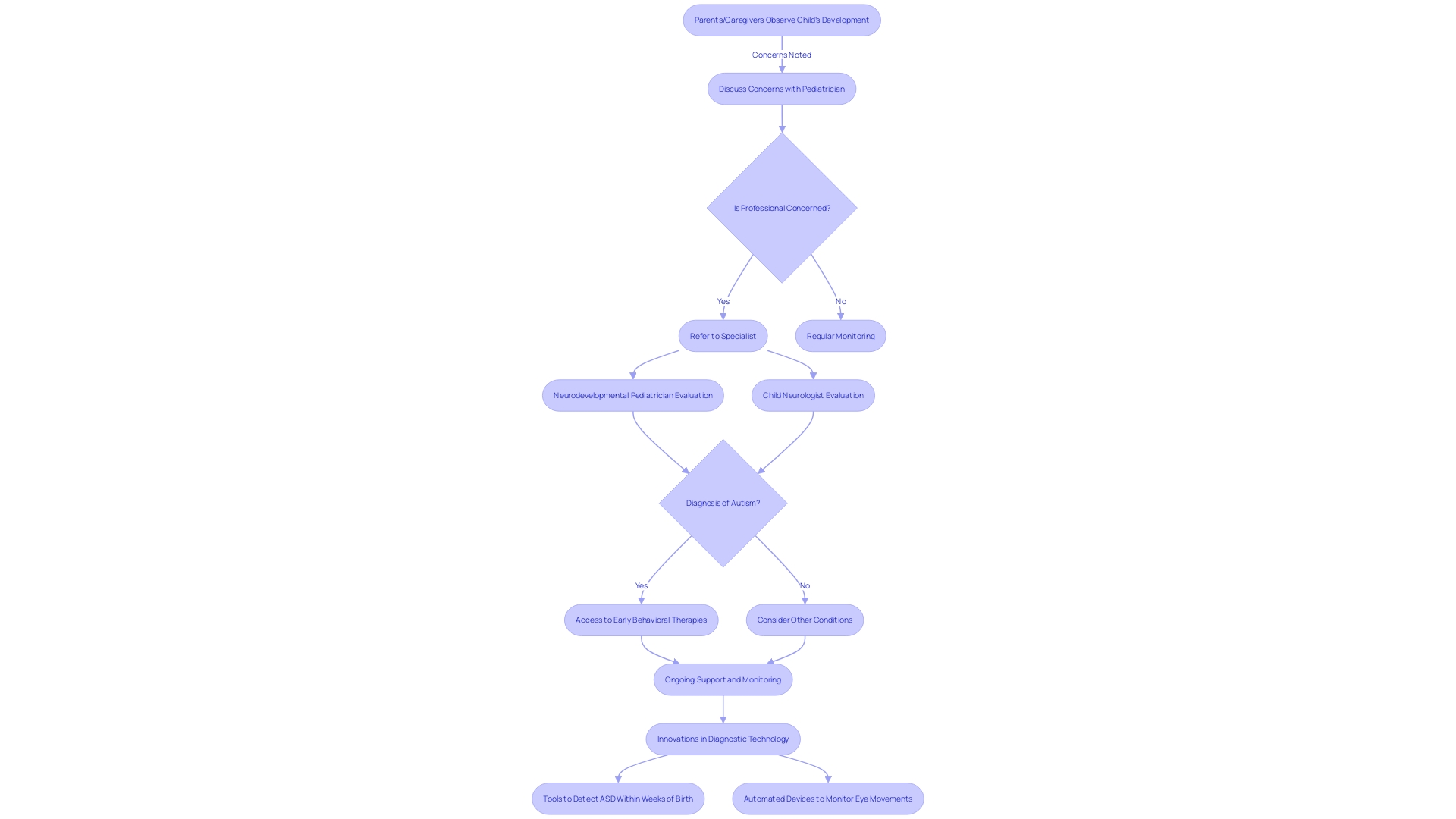
Tools Used in Autism Screening
Autism screening is a critical process that utilizes a variety of tools and assessments to understand a child's unique behaviors, communication abilities, and social interactions. Groundbreaking research, such as that conducted at Duke Center for Autism and Brain Development, underscores the complexity and variability of autism, highlighting the need for innovative screening methods. Tools like the SenseToKnow technology, which tracks eye movements, facial expressions, and motor skills during tasks like bubble-popping games, are instrumental in addressing the nuanced range of autism behaviors.
Statistical data reveals that while many parents notice developmental concerns early, the median age for an autism diagnosis in the U.S. still hovers around 4 to 5 years. This delay in diagnosis can hinder access to early behavioral therapies, which are crucial for improving language, cognitive, and social skills. A multi-site study with 496 young children referred to specialized centers found that about 70.2% of diagnoses were made with a high level of certainty, leaving a significant portion of evaluations mired in uncertainty.
This is particularly true for children with milder autism-related behaviors, who may be overlooked and diagnosed later than their peers with more pronounced symptoms.
The use of automated devices in studies, such as those reported in JAMA Network Open and conducted at six leading autism centers, demonstrates the potential of technology in autism diagnosis. These devices analyze children's eye movements while watching social interactions, comparing thousands of data points to those of age-matched peers. Such advanced methods have been shown to predict the results of expert clinicians' assessments with impressive accuracy.
Dr. Warren Jones, a leading researcher in the field, has emphasized the importance of early identification and intervention for the long-term well-being of children with autism. His work, along with that of other experts, is transforming the way autism is diagnosed, allowing for earlier treatment and better outcomes for affected children.
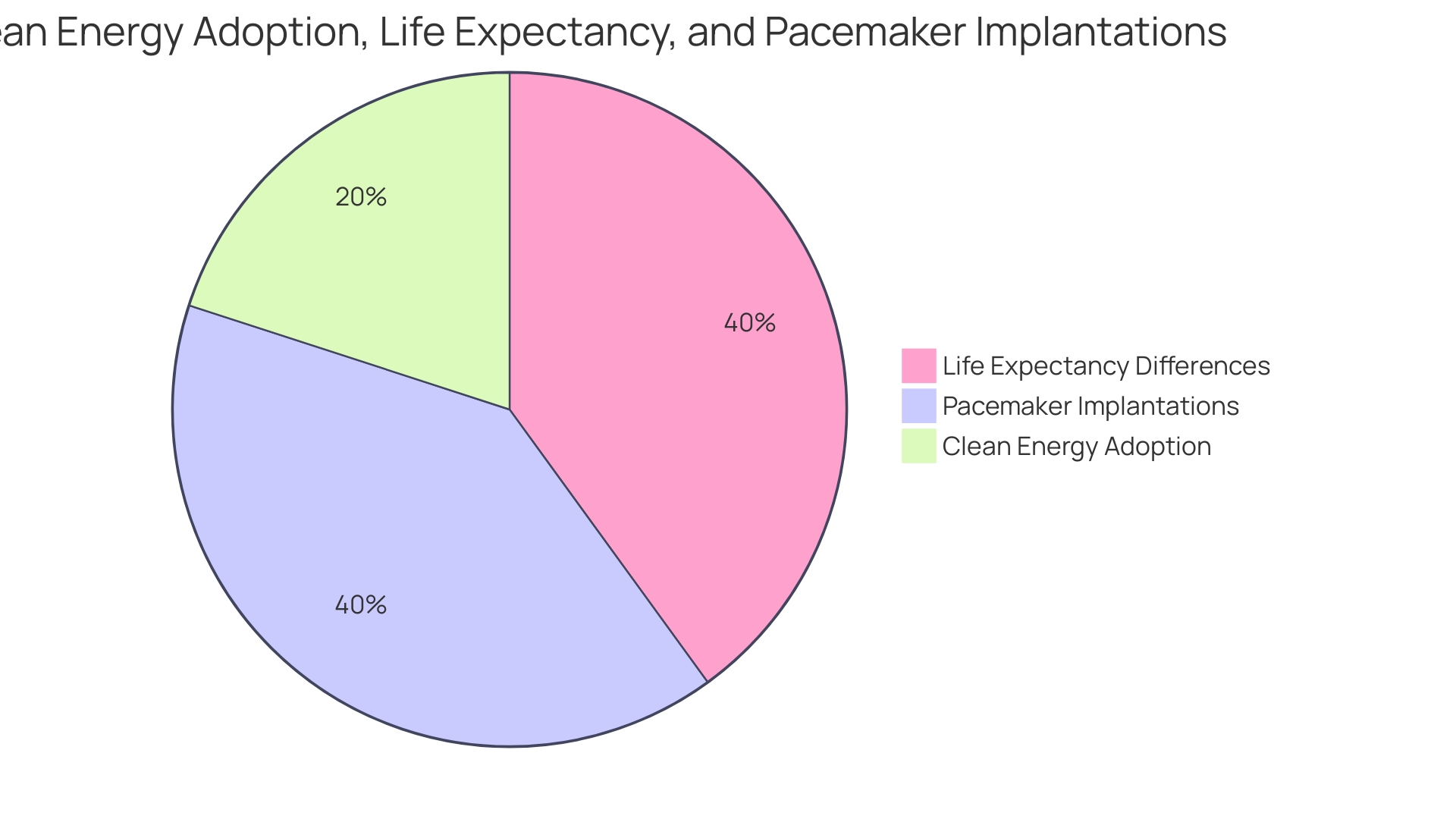
Comprehensive Diagnostic Evaluation
Determining whether a child is on the autism spectrum involves a meticulous process known as a comprehensive diagnostic evaluation. This evaluation is not a one-size-fits-all test but rather a set of observations, interviews, and assessments performed by a multidisciplinary team. These professionals are skilled in recognizing the nuances of autism spectrum disorder (ASD), which is defined by a constellation of behaviors and affects individuals to varying degrees.
The goal is to understand the child's unique patterns of behavior, communication abilities, and social interactions across different settings.
An essential aspect of this evaluation is the recognition of both the child's strengths and their unmet needs, as well as the support required for their families. The involvement of caregivers is vital, as they are often the best source of insight into the child's behavior in various environments, including home and school. Moreover, the evaluation seeks to address the chronic stressors that may impact the child's well-being and the family's overall dynamics.
With the prevalence of autism estimated at 1 in 36 individuals according to the CDC, early diagnosis is fundamental to access the necessary resources for a fulfilling life. It's important to note that while some individuals may choose self-diagnosis, an official diagnosis can be critical in receiving tailored support and interventions. The American Psychiatric Association's Diagnostic and Statistical Manual (DSM-5) outlines specific criteria for diagnosing autism, which professionals use to guide their evaluation process.
Organizations like The Autism Community in Action (TACA) emphasize the importance of early and accurate diagnosis, as timely behavioral therapy can significantly enhance outcomes for the child. Initiatives such as those by NeuroQure aim to shorten the often lengthy and challenging path to a diagnosis, acknowledging the heightened risk and need for early intervention, especially in families with a history of ASD.
In conclusion, the journey to an autism diagnosis is a detailed and personalized process that not only aims to identify the presence of ASD but also to kickstart the path towards the necessary support systems. This process is a cornerstone in ensuring equitable opportunities for children with autism to participate meaningfully in all aspects of life, making 'the race fair and supportive for every child.
Diagnostic Criteria for ASD
Autism Spectrum Disorder (ASD) is characterized by a myriad of behaviors that position it as a 'spectrum condition,' exhibiting a diverse range of impacts on individuals. Manifesting through persistent differences in communication, social interactions, and by restricted, repetitive patterns of behavior, interests, or activities, ASD's nuances are comprehensively detailed in the Diagnostic and Statistical Manual of Mental Disorders, Fifth Edition (DSM-5). The DSM-5 outlines these core features, providing a framework for clinicians to recognize and diagnose autism.
For instance, some may display echolalia, a repetition of sounds or phrases, or show a pronounced preference for routine and familiarity, evidencing the spectrum's breadth. Considering CDC estimates that autism may occur in up to 1 in 36 individuals, understanding these criteria is pivotal. It's also critical to debunk myths such as the purported link between vaccines and autism, and to acknowledge that while brain structure differences have been observed, the exact cause remains a subject of ongoing research.
Nonetheless, early identification of ASD can be life-changing, enabling access to tailored support and resources that enhance an individual's ability to thrive.
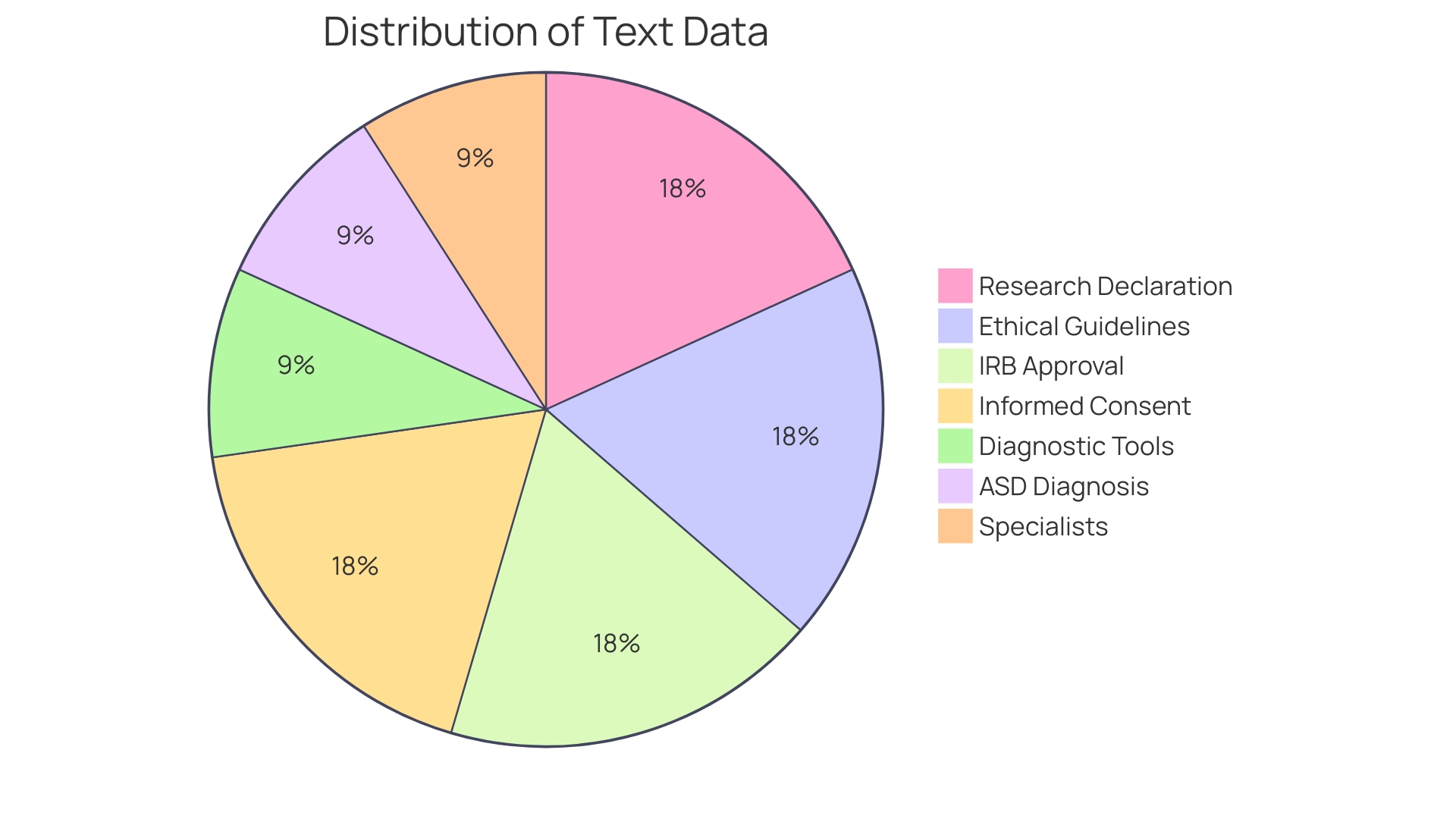
Common Diagnostic Tools
Autism spectrum disorder (ASD) is a complex developmental condition that affects a child's social communication and behavior. While ASD is treatable, the key to improving outcomes lies in early and accurate diagnosis. Diagnostic tools for ASD hinge on two essential sources: detailed accounts from parents or caregivers about the child's development and behavior, and clinical observations by professionals.
These assessments, guided by the criteria set forth in the DSM-5, are instrumental in forming a comprehensive view of the child's abilities and challenges.
Among the diagnostic instruments, the Autism Diagnostic Observation Schedule (ADOS) and Autism Diagnostic Interview-Revised (ADI-R) are prominent. The ADOS is an observation-based tool where professionals assess social interaction, communication, play, and imaginative use of materials. The ADI-R, on the other hand, is an interview-based instrument focusing on reciprocal social interactions, communication and language, and restricted and repetitive behaviors.
For younger children, especially toddlers, the Modified Checklist for Autism in Toddlers (M-CHAT) is a widely used screening tool. It's a parent-reported questionnaire that can signal the need for further professional evaluation. Similarly, the Social Communication Questionnaire (SCQ) helps to quantify social and communication skills and can be a precursor to a more detailed assessment.
Despite the availability of these tools, many parents report developmental concerns long before a formal diagnosis is made—often as early as 12 to 18 months. Yet, the median age of diagnosis in the U.S. is between 4 and 5 years. This lag underscores the necessity for tools that can identify ASD at the earliest possible age.
Research is progressing in this area, with innovative technologies like automated devices that monitor children's eye movements to predict diagnostic outcomes, showing promise in trials.
Early identification and intervention are crucial to support the health, learning, and long-term well-being of children with autism. As such, specialists like neurodevelopmental pediatricians, developmental-behavioral pediatricians, and child neurologists, as well as early intervention programs, play an essential role in the diagnostic process. The journey to diagnosis can be arduous, but with the right tools and timely action, children with ASD can receive the support and resources they need to thrive.
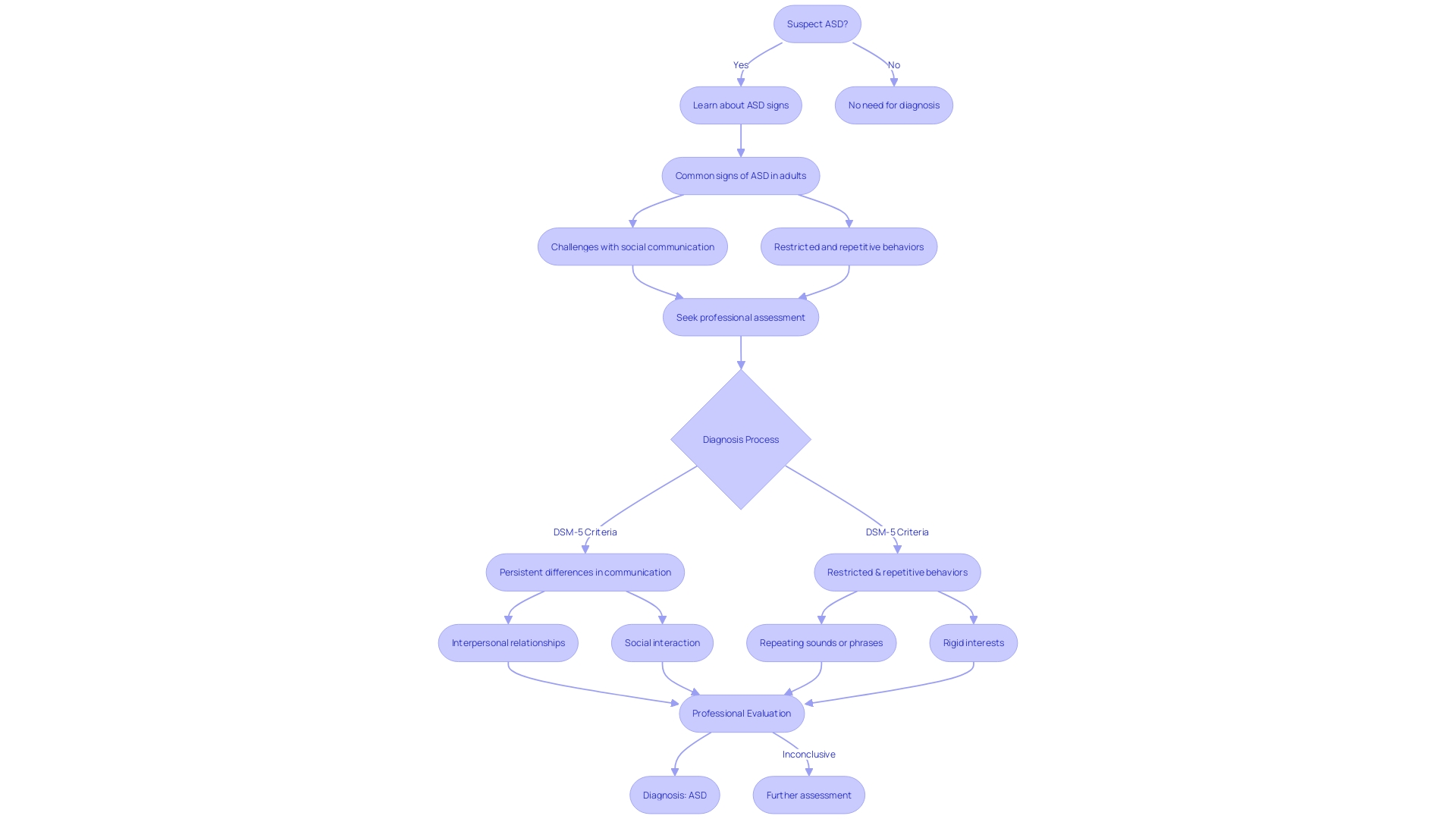
Other Screening Tools
Recent advancements in autism research are revolutionizing the way we approach early detection, with a focus on incorporating new screening tools into routine pediatric care. These innovative technologies are showing promising results in identifying early signs of autism spectrum disorder (ASD) during well-baby checkups, sometimes as early as 12–14 months. Cutting-edge automated devices are now being tested in clinical settings, with some studies revealing that children's eye movements while watching social interactions can serve as reliable indicators of ASD.
Eye-tracking technology monitors the gaze of children at an astonishing 120 times per second, capturing nuances in social visual engagement—how children process and learn from social cues—which can differ significantly in those with autism.
This breakthrough approach, often referred to as "the Marcus Test," has been developed through two decades of research by leading experts in the field. The test is named in honor of philanthropist Bernie Marcus, whose contributions to autism research have been instrumental. The efficacy of this biomarker technology has been demonstrated in clinical studies involving over 1,500 children, solidifying its potential as a tool for earlier diagnosis and intervention—a crucial step for the health, learning, and overall well-being of children with ASD.
In the United States, where autism affects 1 in 36 children, early and accurate diagnosis is key to providing timely support and services.
The importance of early screening is underscored by the American Academy of Pediatrics and the US Preventive Services Task Force (USPSTF), which both advocate for the integration of autism screening in standard health care. Despite guidelines, the incorporation of such screenings at pediatric visits remains limited. However, clinicians and researchers are dedicated to bridging the gap between scientific knowledge and practical application, aiming to make early screening and rapid referral commonplace in health care.
By identifying ASD early, families can access the necessary support and services sooner, potentially improving long-term outcomes for children with autism.
Medical and Developmental Assessments
Medical and developmental evaluations are essential in the autism diagnosis process. These assessments help pinpoint any underlying medical conditions or developmental delays that might be associated with autism spectrum disorder (ASD). With only 10-20% of children diagnosed with ASD before the age of 5 able to live independently as adults, early identification through these assessments can lead to early intervention, which is crucial for achieving optimal outcomes.
ASD is characterized by challenges with social skills, repetitive behaviors, and communication difficulties. Its development is influenced by a combination of genetic and environmental factors, and understanding their interaction is key to developing effective interventions. According to recent research, autism's onset is governed by the dynamics of these risk factors and their impact on an individual's developmental biology.
Diagnosis often involves gathering detailed developmental histories from parents or caregivers and observing the child's behavior. Tools to assess ASD are numerous, but reliance on a single tool is discouraged. Instead, a comprehensive approach that may include referrals to neurodevelopmental specialists is recommended for a conclusive diagnosis.
The Interagency Autism Coordinating Committee (IACC) underscores the importance of improving coordination and communication across federal entities and with the autism community to enhance research and services. This collaborative effort is reflected in the diverse makeup of the IACC, which includes government officials, autistic adults, parents, and various stakeholders.
In the context of newborn screening, the notion of early detection for serious medical conditions before symptoms appear is gaining traction. This approach, which has improved outcomes for conditions like phenylketonuria and sickle cell disease, is analogous to early autism screening. Identifying early signs of autism during routine pediatric visits contributes to the rapid referral and intervention, ultimately supporting better developmental trajectories for children with ASD.
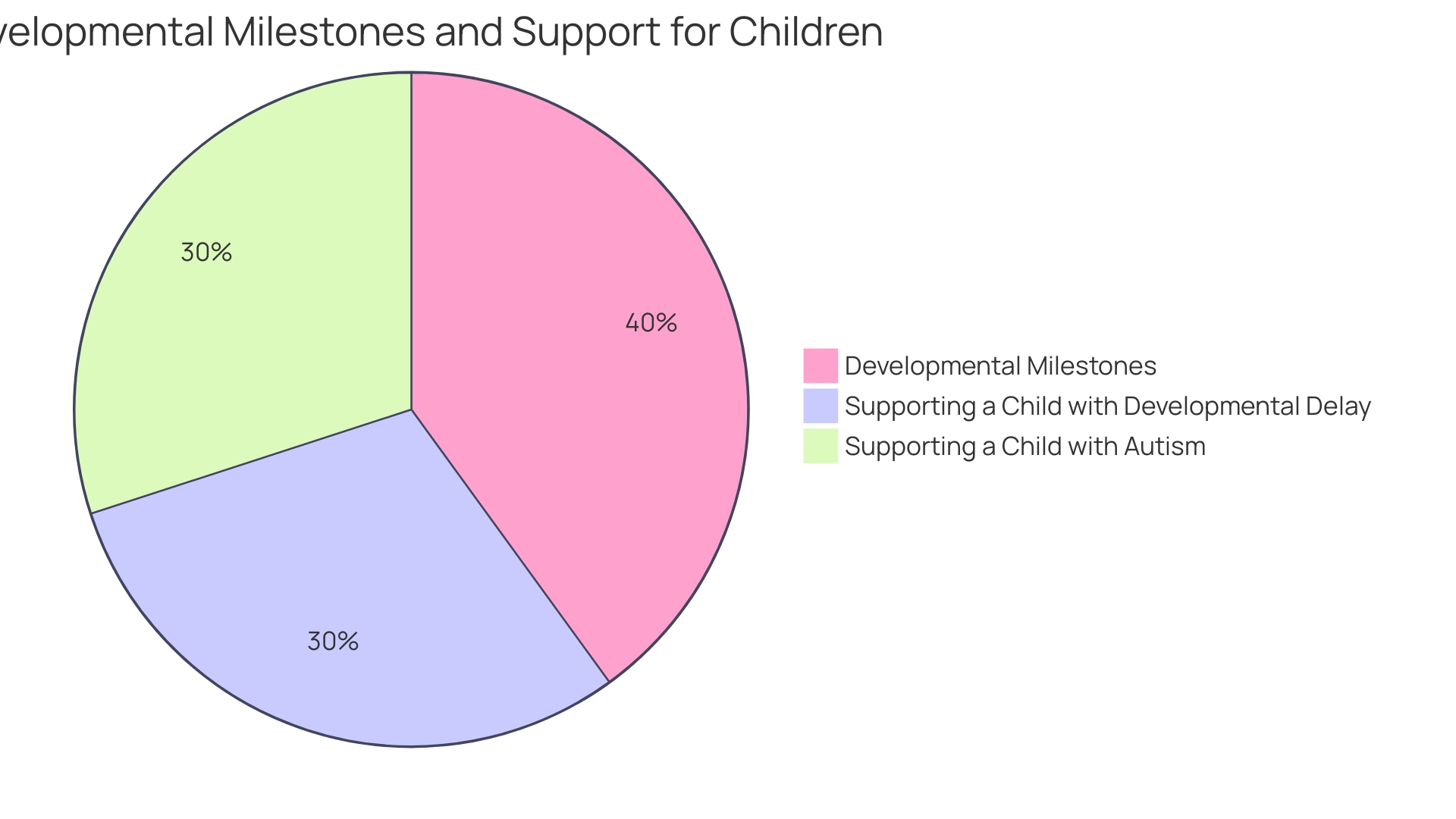
Preparing for an Autism Assessment
Understanding the intricacies of autism assessment is a vital component in supporting children on the spectrum, and preparation is key. By meticulously compiling relevant information and observations prior to the assessment, parents and caregivers can ensure a smoother, more efficient process. Drawing inspiration from the innovative practices of Summer Health, where pediatric care is streamlined through text message communication and comprehensive medical visit notes, the same principles can be applied to autism assessments.
These notes are crucial for recording discussions, care plans, and follow-up actions, which can be particularly beneficial when navigating the complex landscape of autism testing.
In addition to healthcare providers' meticulous records, families play a significant role in the assessment process. As seen with the American Institutes for Research (AIR) Self-Determination Assessment, involving those who work closely with youths with disabilities can garner deeper insights into their educational, socio-emotional, and functional abilities. Parents can contribute by utilizing tools such as interest inventories to identify their child's strengths, interests, and needs, thereby facilitating a more tailored approach to the assessment.
Autism assessments are not just about identifying challenges; they also recognize the unique capabilities and hopes of individuals on the spectrum. Quoting an unknown author, “Every day brings a new beginning and a new ending,” it is essential to approach each day with optimism. Celebrating the diversity of the autism community, as each individual brings a distinct set of attributes and experiences, is part of this journey.
Statistically, the importance of early and accurate assessment is underscored by guidelines such as the statutory Early Years Foundation Stage (EYFS) framework, which mandates assessments in alignment with early learning goals. This structured approach ensures that children, including those with autism, receive the support they need for a smooth transition into their educational journey.
In conclusion, preparing for an autism assessment involves more than just gathering documents; it's about understanding the unique individual at the heart of the process. By embracing a collaborative approach that includes both medical professionals and families, and by staying informed of the latest guidelines and treatments, we can support the well-being of children with autism and advocate for a fair and inclusive society, as echoed by the words of Dr. David (Dan) R. Offord, “I do not mind if my children are in a race as long as the race is fair.”
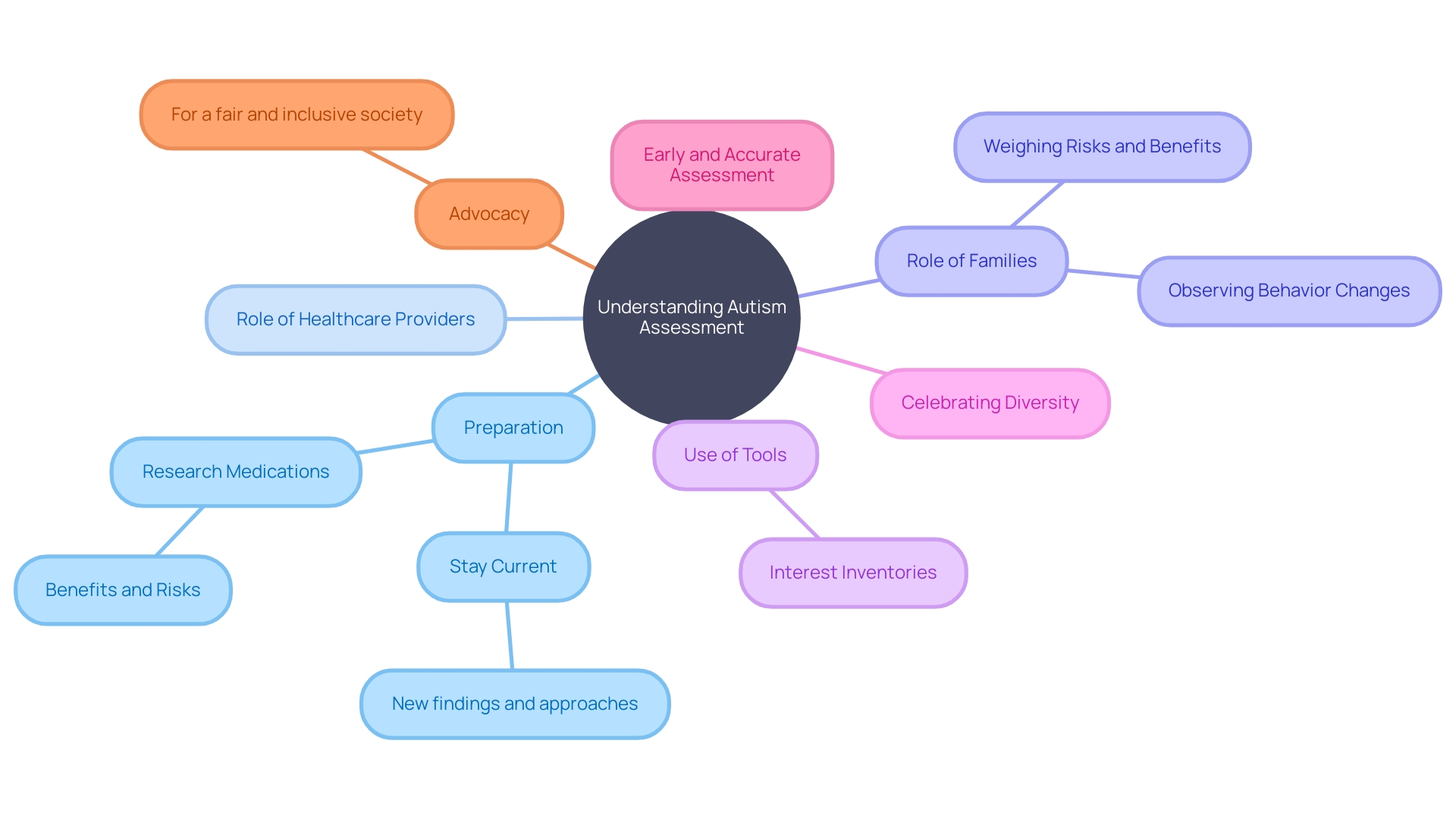
What to Expect During the Evaluation
Autism spectrum disorder (ASD) is characterized by a diverse range of behaviors and is often described as a 'spectrum condition' that affects individuals differently and to varying degrees. The process of autism evaluation is a critical step in understanding and supporting a child's unique needs. It typically involves a combination of descriptions from parents or caregivers about the child's development and professional observations of the child's behavior.
-
The American Psychiatric Association's Diagnostic and Statistical Manual, Fifth Edition (DSM-5), offers clinicians a standardized framework to assist in diagnosing ASD, emphasizing the importance of persistent differences in communication, social interactions, and restricted, repetitive patterns of behavior. For instance, some children may exhibit echolalia, the repetition of sounds or phrases, or have a marked preference for sameness, which can manifest as difficulty with changes in routine.
-
According to the Centers for Disease Control and Prevention (CDC), autism may occur in up to 1 in 36 individuals, underscoring the need for accessible and accurate diagnostic tools. Brain scans have shown differences in the shape and structure of the autistic brain compared to neurotypical development, although the exact cause of autism is still under investigation. Misconceptions, such as the association of vaccines with autism, have been debunked, and current research points to a combination of genetic and environmental factors.
-
During the evaluation, primary care providers may refer the child to specialists, such as neurodevelopmental pediatricians or geneticists, for a more comprehensive assessment. The Interagency Autism Coordinating Committee (IACC) works to enhance research and services by fostering collaboration across federal agencies and engaging with the autism community to ensure that children, including those with autism, receive the resources necessary for their well-being and equitable participation in all aspects of life.
-
It is important to recognize that each child brings unique strengths to their communities. As noted by Dr. David (Dan) R. Offord, 'I do not mind if my children are in a race as long as the race is fair,' reflecting the sentiment that all children, including those with disabilities, deserve an equitable chance to thrive.
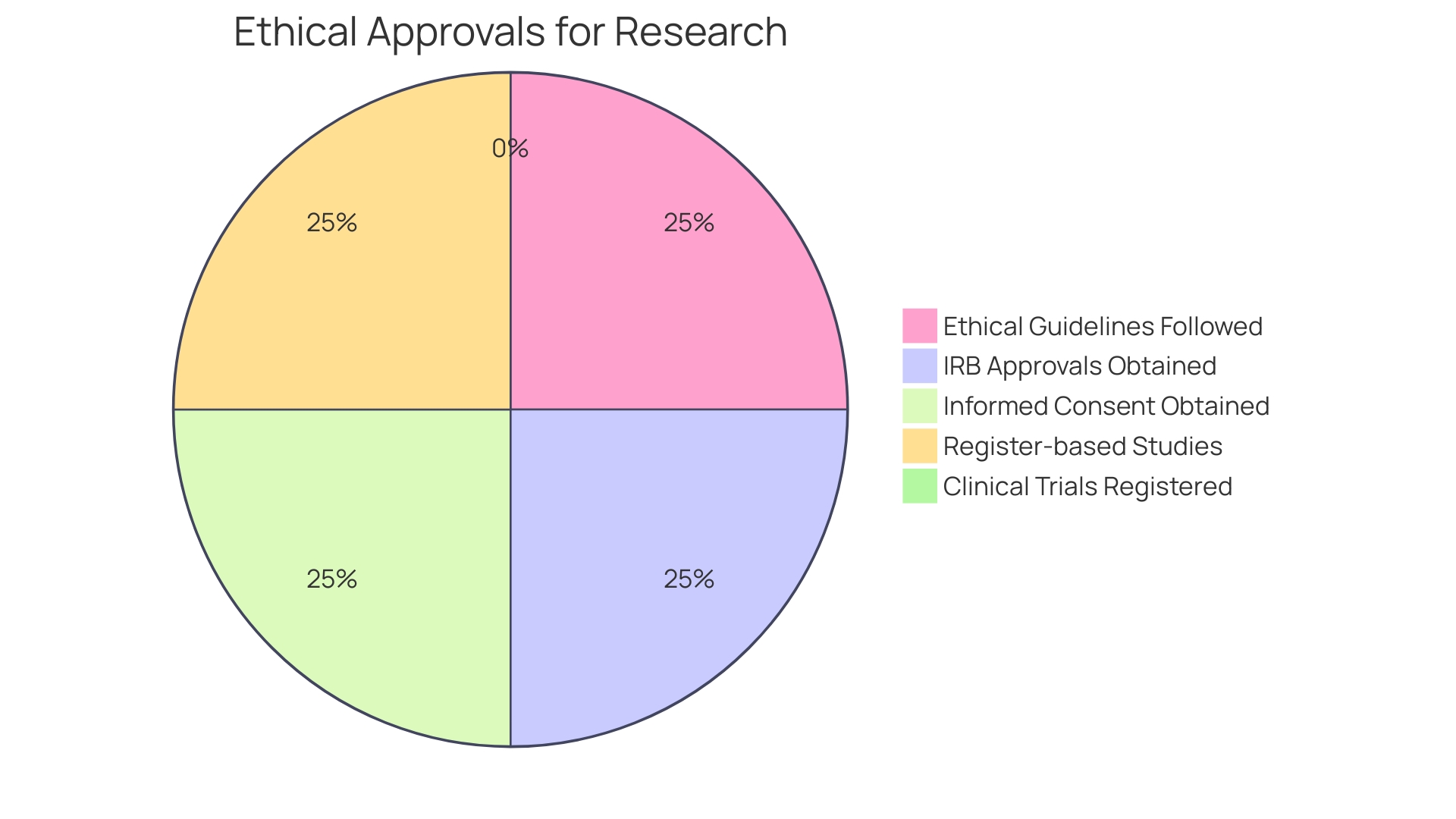
Interpreting Screening Results and Next Steps
Interpreting the results of autism screening is a vital step in the journey towards understanding and supporting an individual's developmental needs. The outcomes of these screenings can vary, and it's critical to know what they imply for a child's future. For instance, children who show signs of speech or language delays may be at a heightened risk for learning and literacy disabilities as well as social and behavioral challenges that could persist into adulthood.
It's essential to recognize that while these screenings can indicate the possibility of a speech or language delay, there is no universally accepted threshold for what constitutes a delay; typically, performance at least 1 standard deviation below the mean on a standardized assessment is considered indicative of a delay.
When considering the next steps after screening results, the US Preventive Services Task Force (USPSTF) emphasizes the importance of personalized decision-making that goes beyond evidence alone, tailoring actions to the unique situation of each child and family. In the context of autism, early diagnosis is paramount, as it opens the door to resources and support that can significantly improve outcomes. With Autism Spectrum Disorder (ASD) affecting as many as 1 in 36 individuals, the impact of early and accurate screening cannot be overstated.
Moreover, organizations like The Autism Community in Action (TACA) and federal advisory committees such as the IACC work diligently to advance autism research and services, advocating for early intervention and highlighting the transformative power of timely treatment.
Ultimately, interpreting screening results is not just about the numbers; it's about understanding the individual child and their journey. Whether the outcome leads to further assessment or early intervention strategies, the goal remains the same: to provide each child with the opportunities and support they need to thrive.
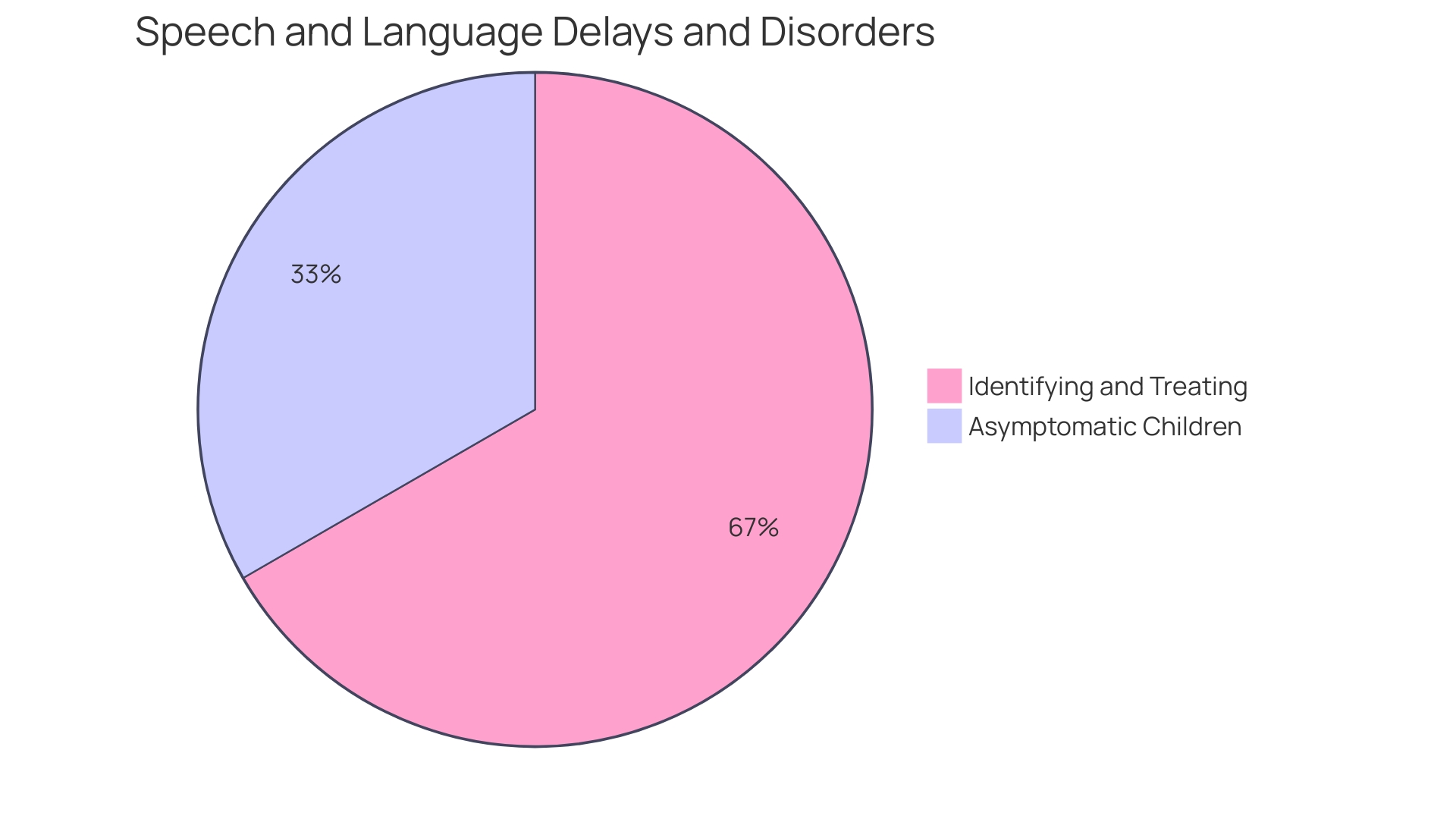
Tips for Parents Navigating the Diagnostic Process
For many, the path to identifying autism spectrum disorder (ASD) is not straightforward, with community perspectives highlighting the acceptability of self-diagnosis in light of the challenges associated with obtaining a conclusive medical diagnosis. Yet, for some individuals and families, an official diagnosis is a critical step in seeking validation and support from others, including educational and healthcare professionals.
The methodology behind autism diagnosis is evolving, with innovative strategies emerging to detect ASD markers more rapidly and accurately. For instance, new technologies are being explored that assess a child's gaze and eye movement patterns while they watch videos of social interactions, potentially enabling diagnoses within months of birth rather than years. This advancement reflects a significant leap forward from the traditional reliance on caregiver observations and professional assessments as sole diagnostic tools.
Despite these advances, navigating the healthcare system and understanding the implications of each potential treatment remains a complex responsibility for caregivers. It is crucial for them to weigh the benefits and risks of prescribed medications, seeking expert advice to sift through the overwhelming amount of information available online, including anecdotal experiences and unproven treatments.
Statistics underscore the urgency for improved diagnostic processes, revealing that families can wait an average of three to four-and-a-half years for an autism diagnosis, with females often experiencing longer delays than males. This highlights the need for continued research and development of diagnostic tools that can offer timely support and intervention, ultimately leading to better outcomes for individuals with ASD.
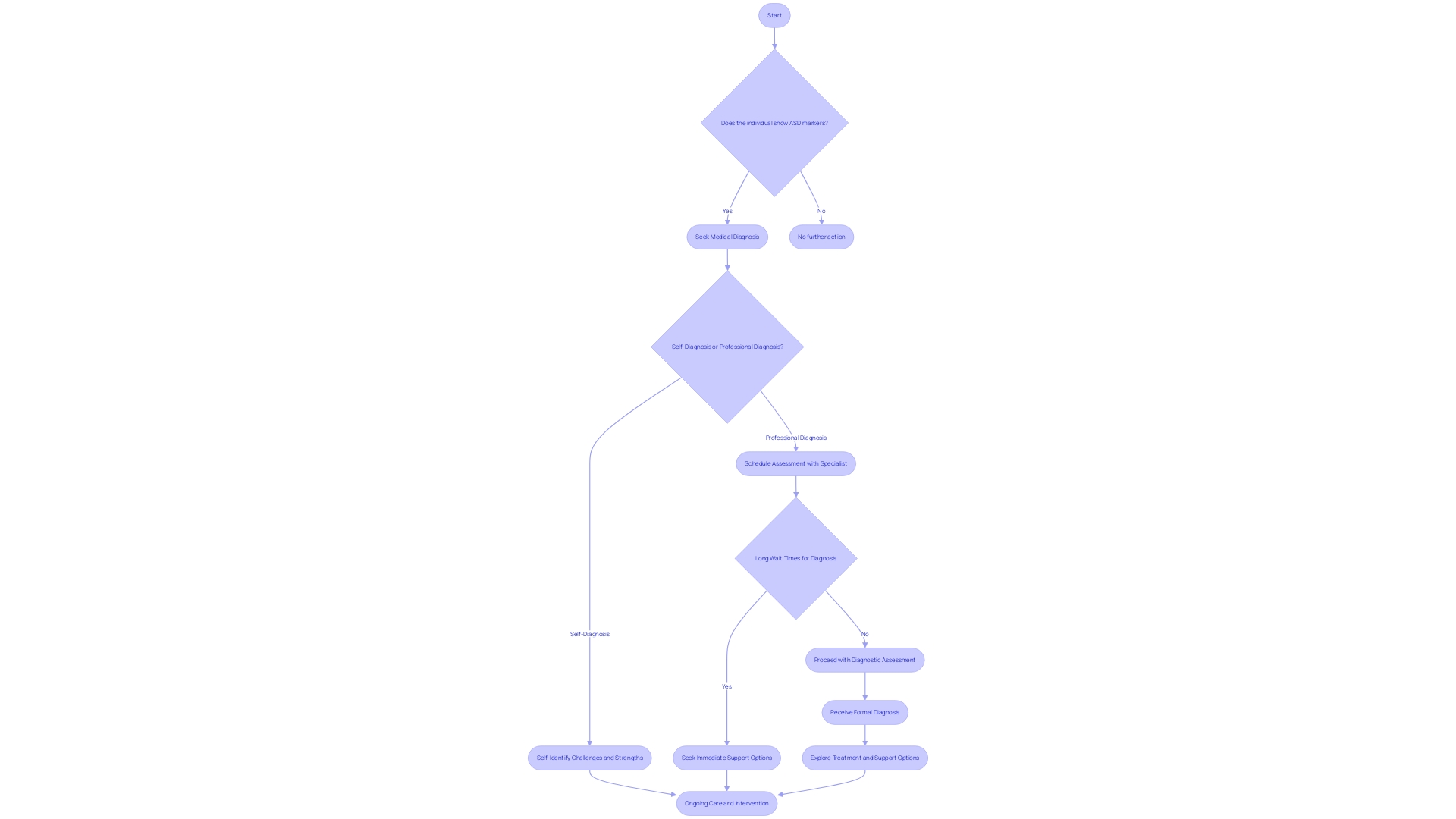
Conclusion
In conclusion, early diagnosis and intervention are crucial for children with autism spectrum disorder (ASD). Innovative diagnostic technology, such as eye-tracking devices, has revolutionized the process, offering the potential to significantly impact a child's development.
Researchers like Dr. Warren Jones and Ami Klin have played a vital role in developing diagnostic tools that address the unique needs of children with autism. Early identification and intervention reshape the future of every child with autism, providing them with the necessary tools and support to thrive.
Understanding the diagnostic criteria outlined in the DSM-5 is crucial for recognizing and diagnosing autism. Early identification enables access to tailored support and interventions that enhance a child's ability to thrive.
Preparing for an autism assessment involves collaboration between medical professionals and families. By compiling relevant information, parents can ensure a smoother evaluation process. Embracing a collaborative approach and staying informed is essential to support the well-being of children with autism.
Interpreting screening results is critical. Early and accurate diagnosis is key to providing timely support and services. Personalized decision-making, tailored to each child's unique situation, is crucial in determining appropriate interventions and resources.
For parents navigating the diagnostic process, seeking validation and support from professionals is important. An official diagnosis can provide access to necessary resources. Navigating the healthcare system and understanding treatment options can be complex, but seeking expert advice is crucial.
In summary, early diagnosis and intervention are essential for children with autism. By embracing early identification, we can provide children with the support they need to thrive. The future of every child with autism is filled with possibilities and empowerment.




